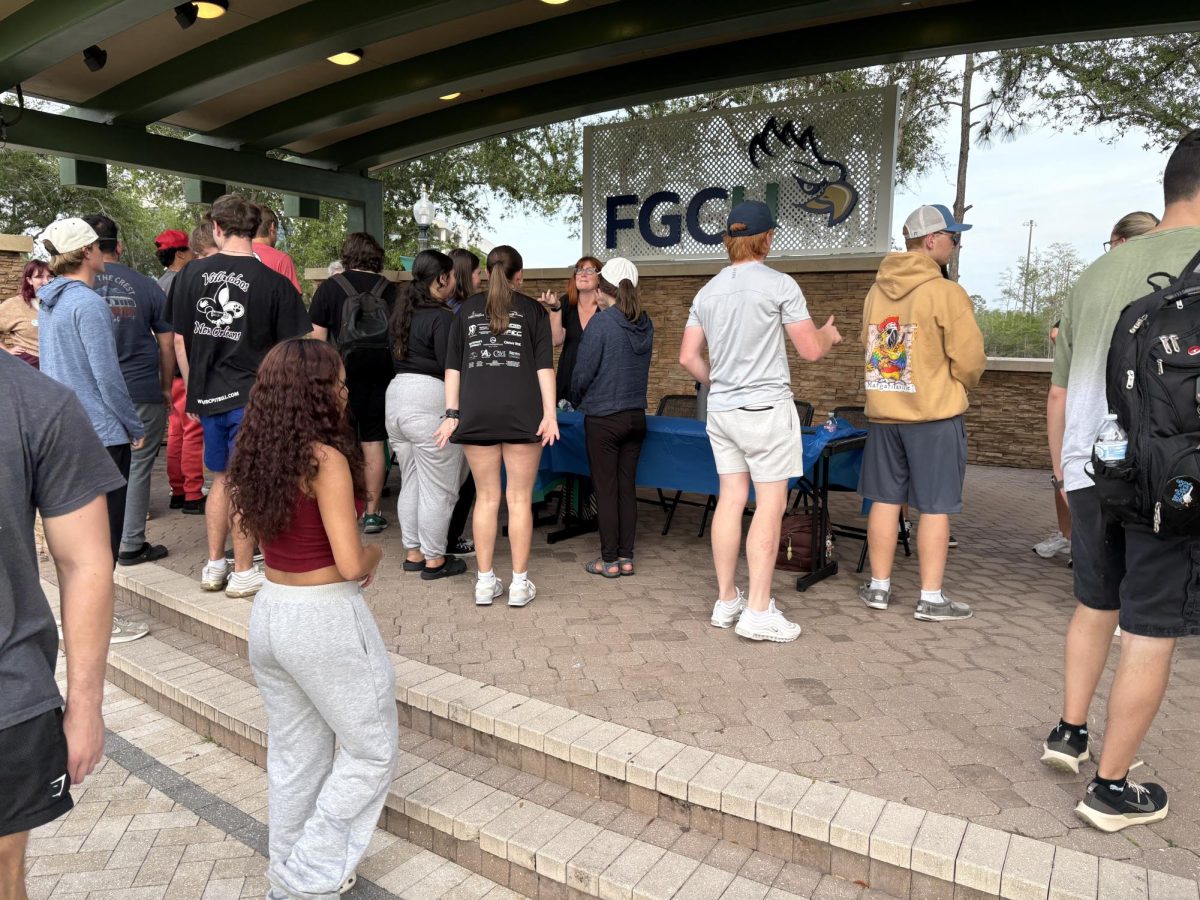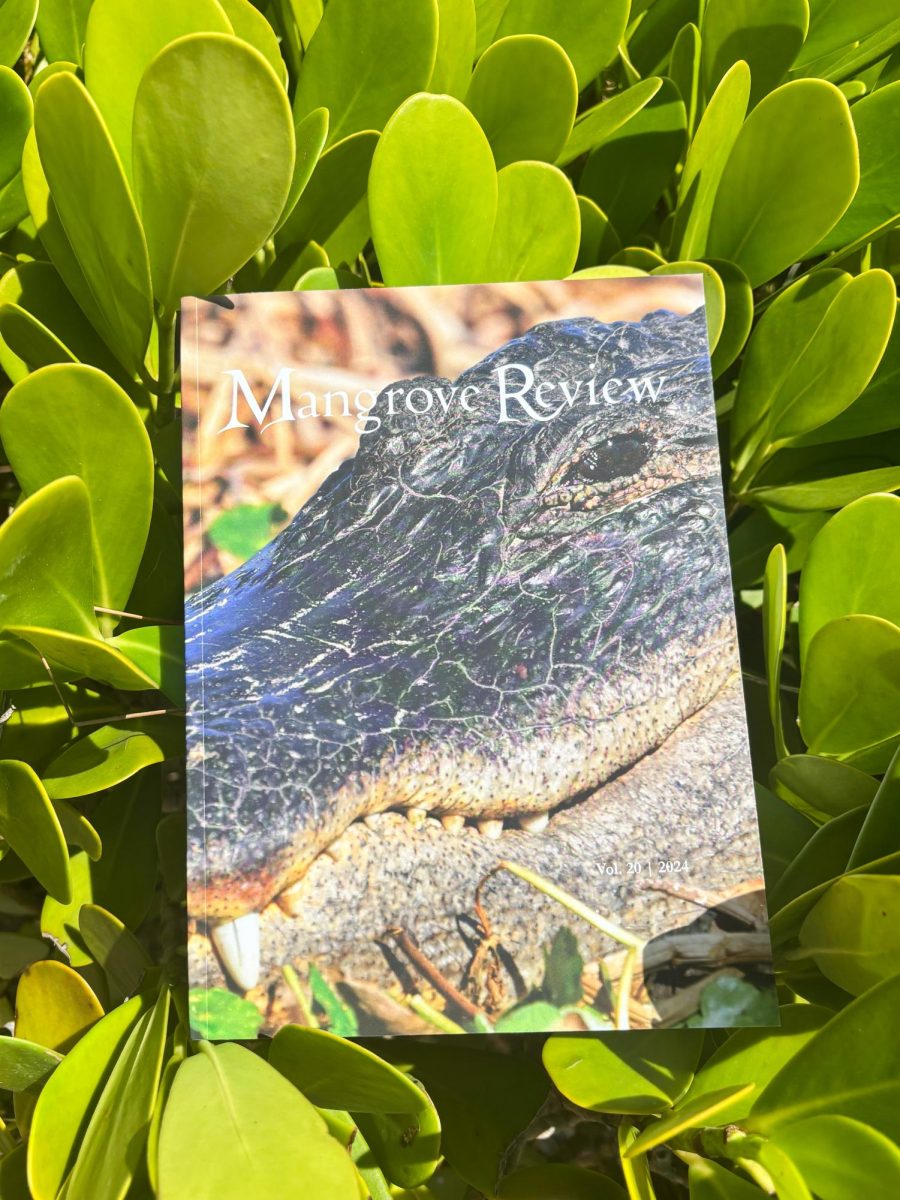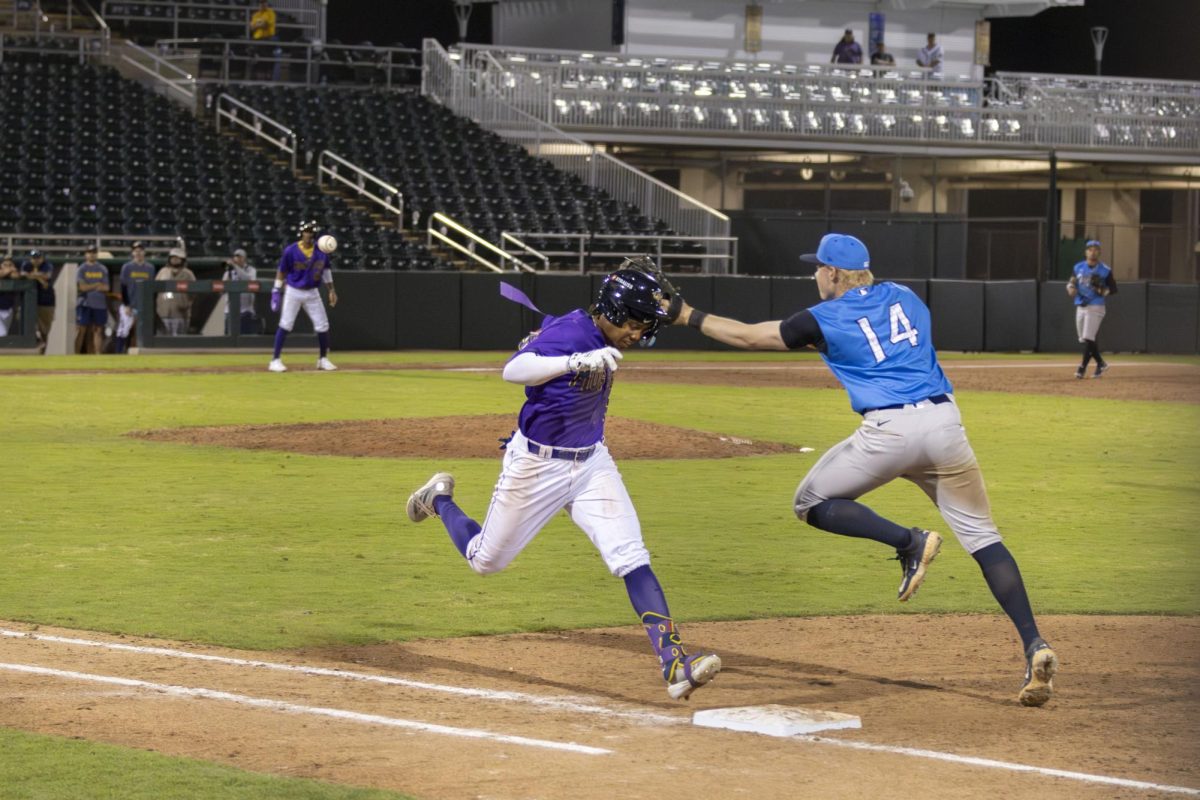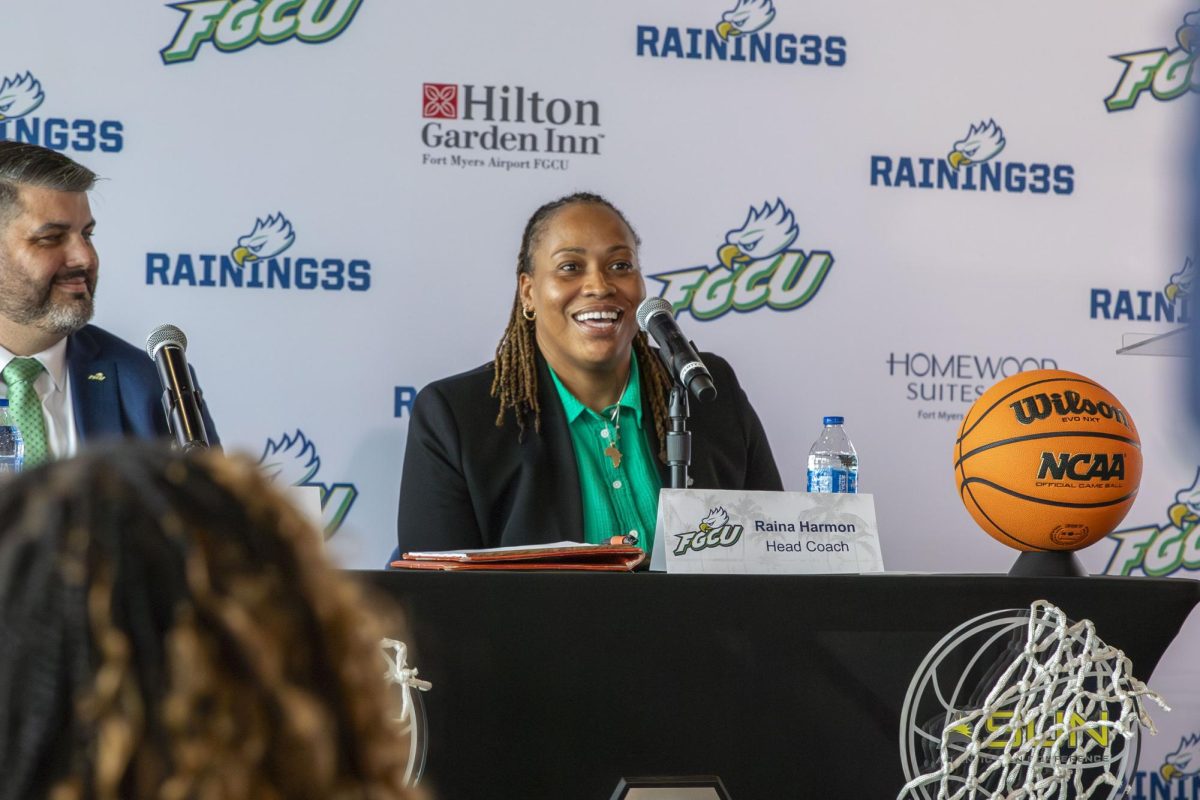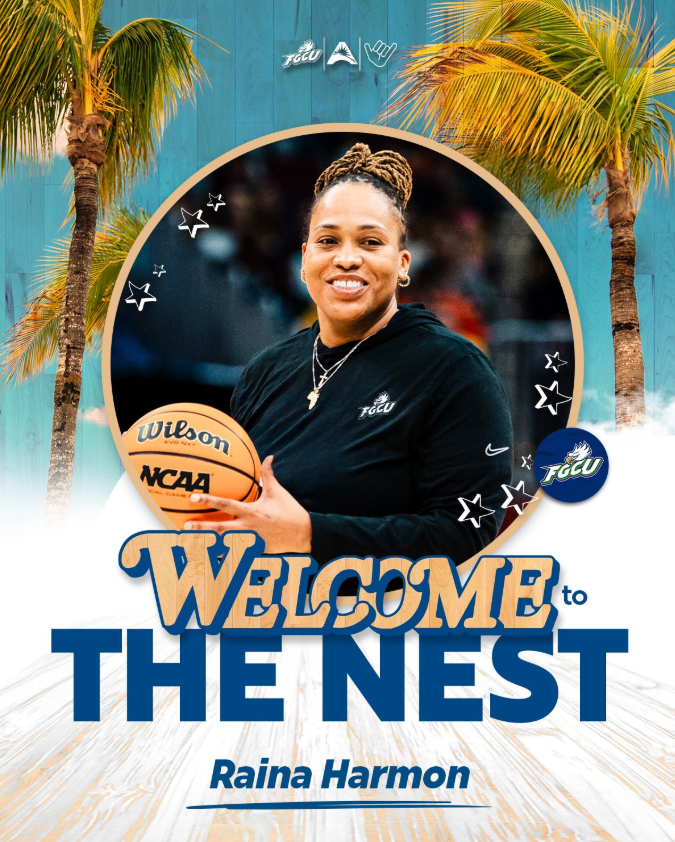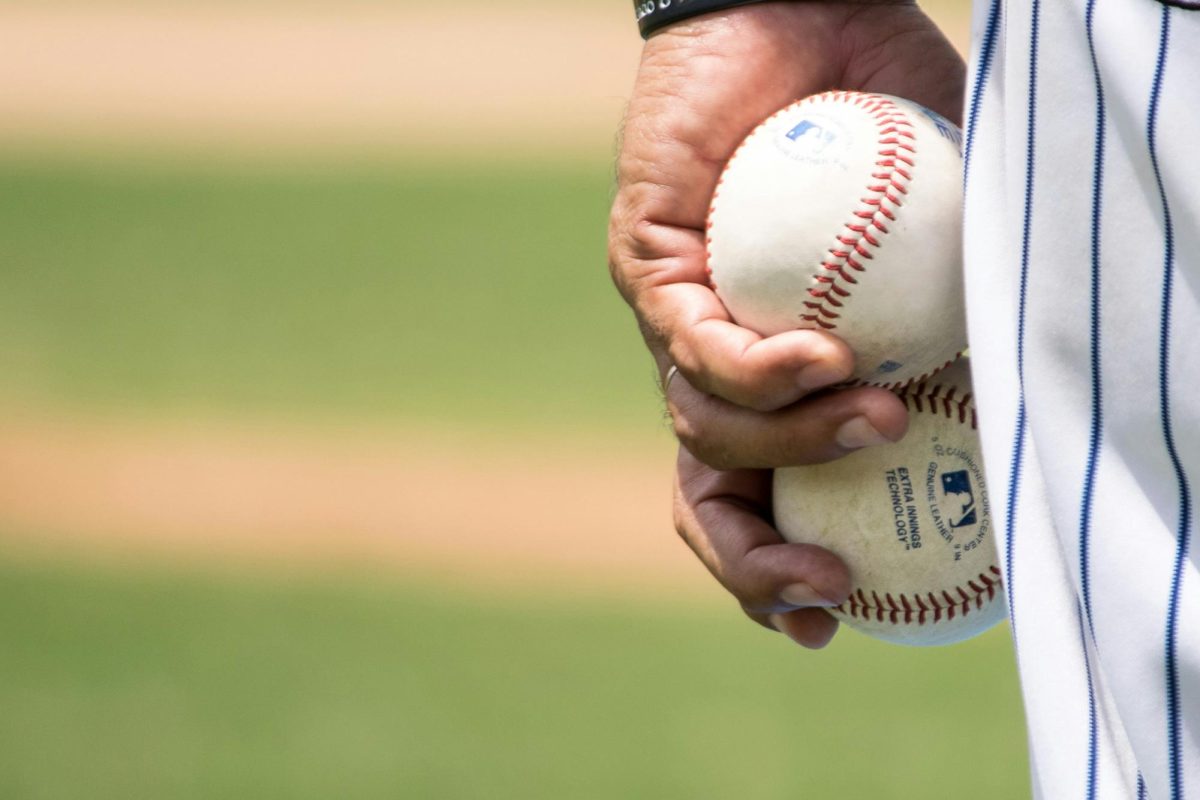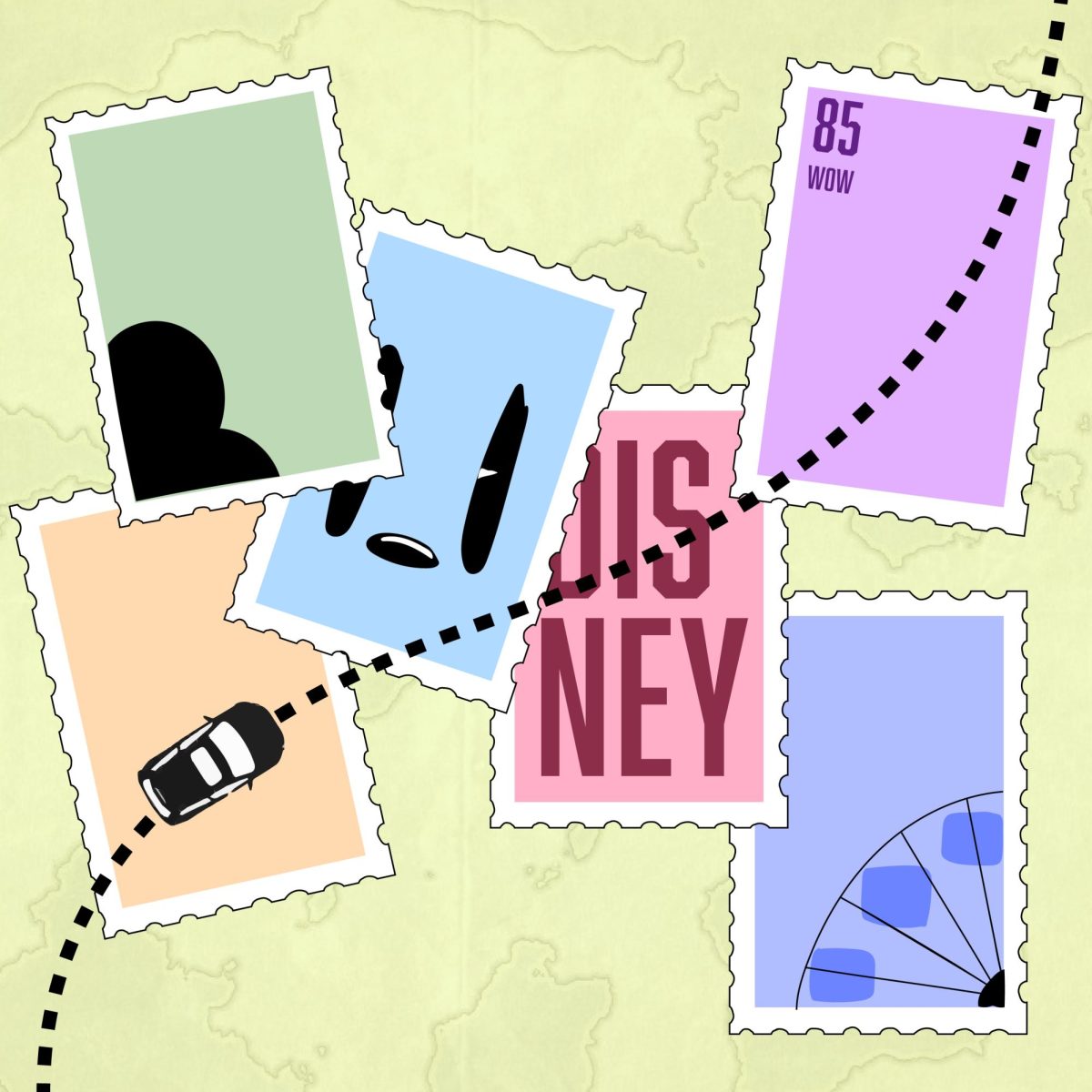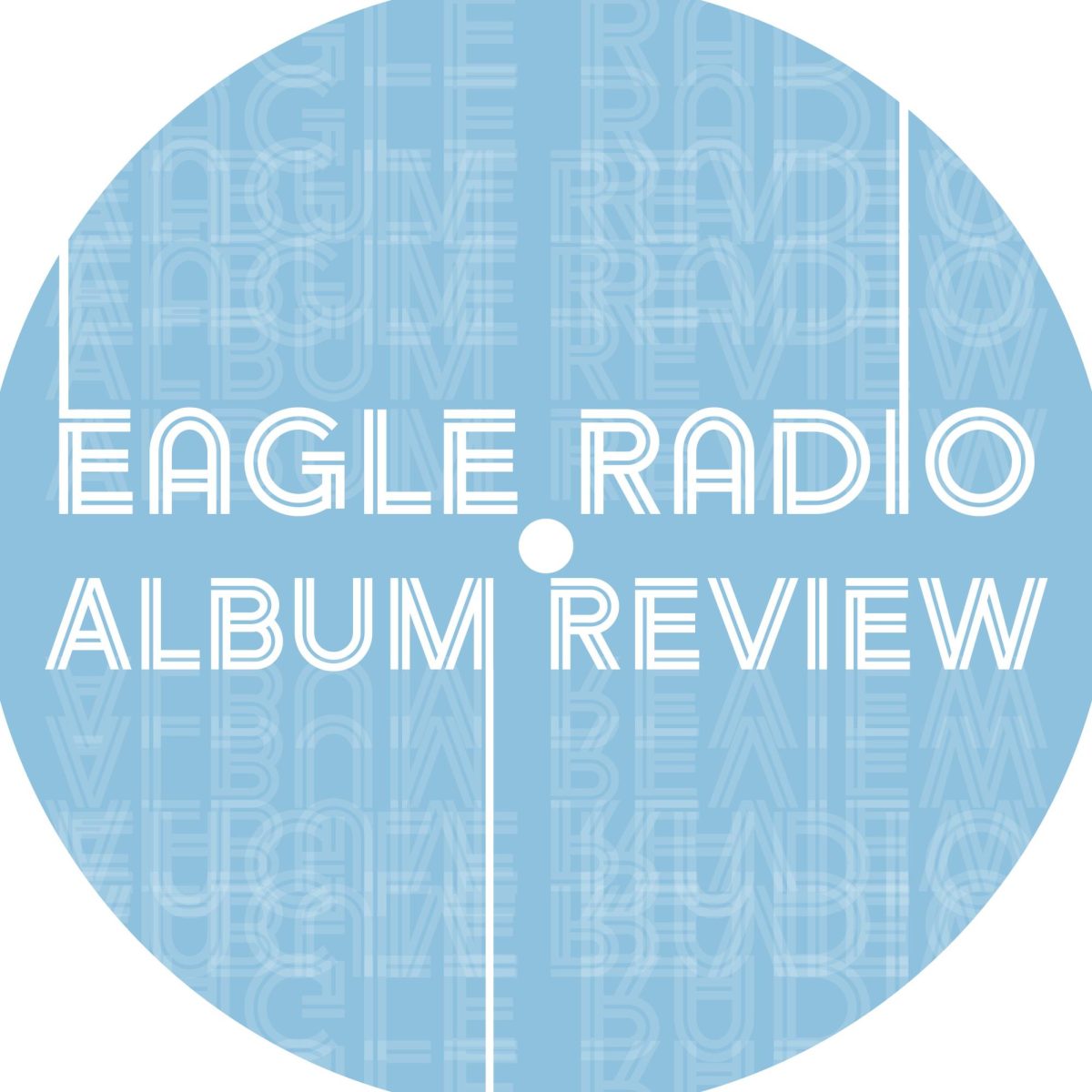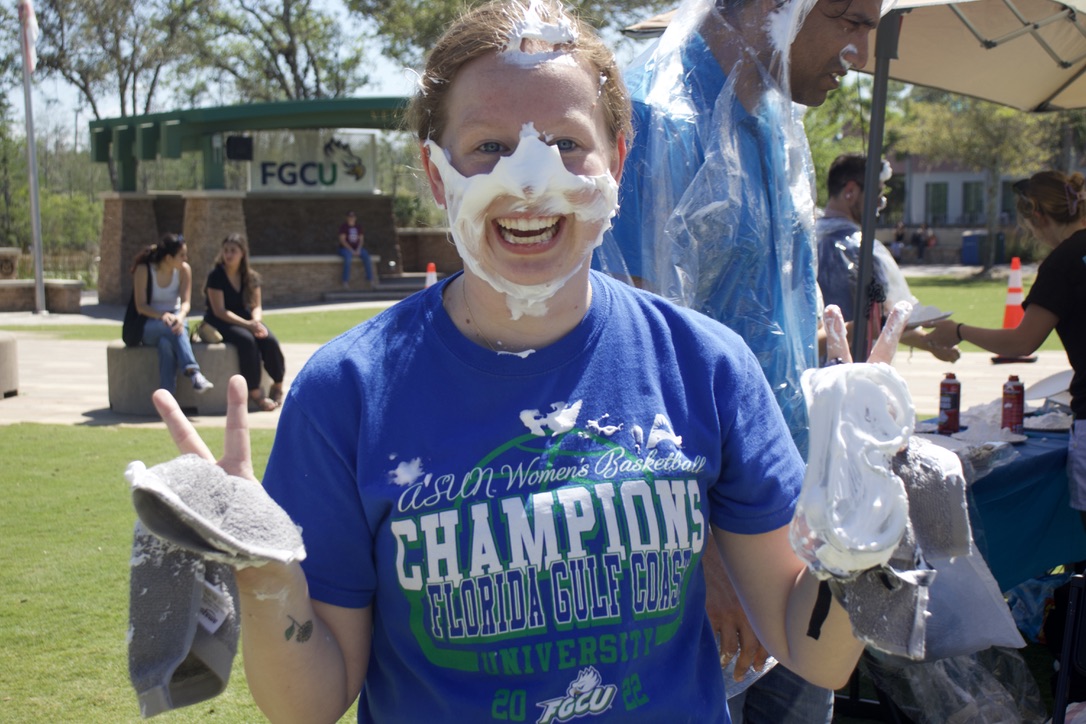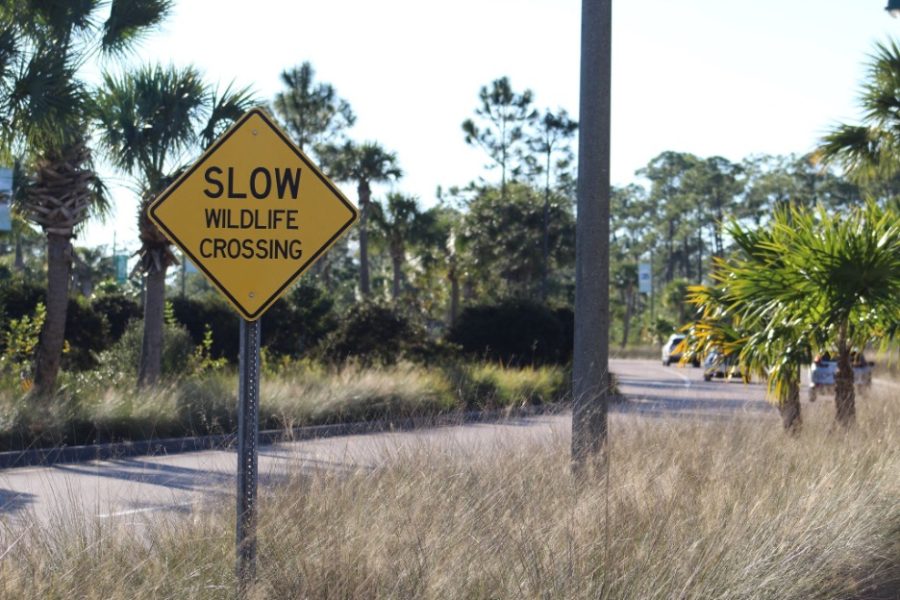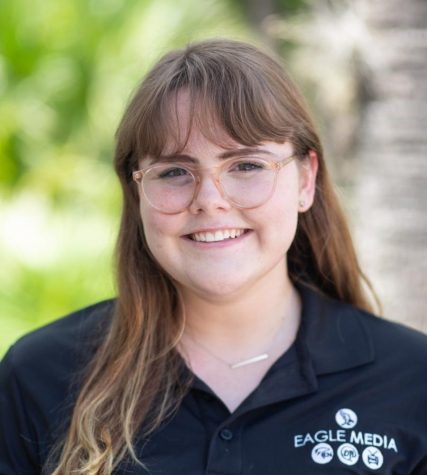Cats on Campus
February 8, 2022
After several bobcat sightings on FGCU property, professors and students are working together to create new signage to slow down drivers.
Director of the Wings of Hope program Ricky Pires saw the sightings as an opportunity to take action. After having several temporary signs put up to warn drivers to slow down, FGCU staff are looking for a more permanent solution.
“It’s important to get the message out to have everyone slow down on the loop road and other areas to help protect and save FGCU’s wildlife forever, not just today,” Pires said.
Director of the Whitaker Center Kimberly Tucker originally spotted a bobcat and three kittens after driving back from lunch.
“I can tell you that one of the biggest threats that the bobcats and any campus wildlife can experience is careless and fast driving,” Tucker said. “We all need to drive carefully and under the speed limit on campus.”
Although the temporary signs did have to be taken down due to FGCU regulations, Pires and her students are looking to create proper signage with artwork that differs from the standard wildlife crossing signs to make drivers aware of campus wildlife.
“We are working on acquiring FGCU code approved signs, that will be interchangeable for other species that are spotted around FGCU to help with their protection and survival,” Pires said. “We are in the process of creating a volunteer team, with guidance from the FGCU sign staff, professors and students, that will work together to create these important signs.”
The loss of habitat and cars are the biggest threat against wildlife, according to Pires.
“It’s their home, too,” she said. “We can all live together in harmony but to protect and save the wildlife that make FGCU their home, we must drive slowly and beware of our surroundings.”
The Wings of Hope program was established in 2000 and connects 450 university students to 5,000 elementary students by learning about the endangered Florida panther and the Florida black bear, according to FGCU’s website.
“I am not at all surprised of the wildlife sightings around campus,” Senior Madison Clearman said. “I feel that since we are built on what was originally deemed panther land and how we have many nature trails providing for that eco-friendly aspect of campus, it should not be a surprise.”
FGCU was built in 1997, and in 1994 it was identified as panther habitat by the Florida Game and Fresh Water Fish Commission. Ever since, FGCU has been met with a multitude of animals. Pires has been monitoring FGCU wildlife since 1998 when she was a student.
The program now has two motion cameras along campus trails that have captured pictures of panthers, bobcats, bears and other small mammals.
The Florida Wildlife Conservation Commission will not remove any animal unless their presence is a threat. Pires says that FGCU panthers, bobcats and other mammals do no harm.
Pires recommends that you enjoy the moment if you ever do come across any wildlife.
“They will run away,” Pires said. “Of course, never corner any animal especially with young. Give them space to run away just like us.”


